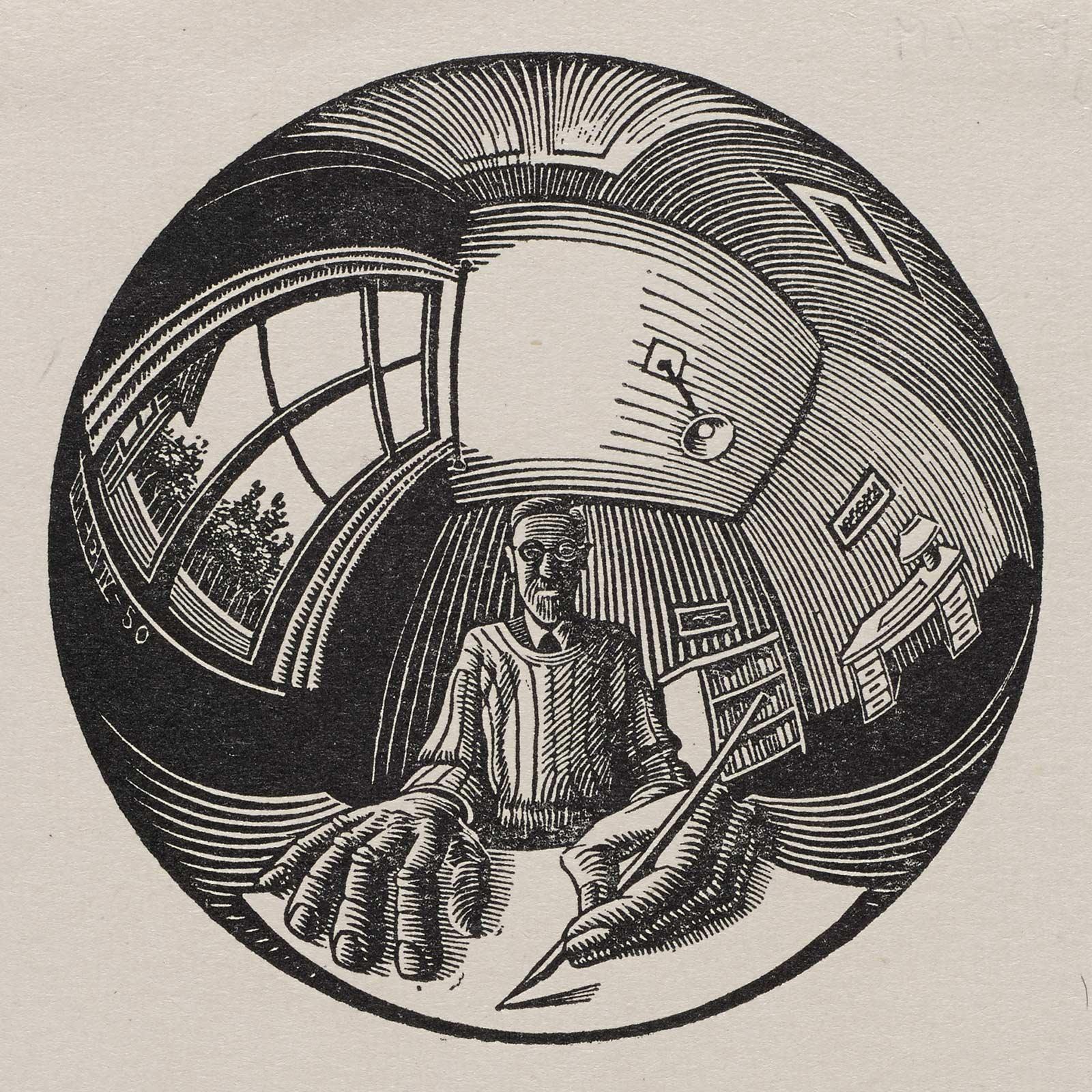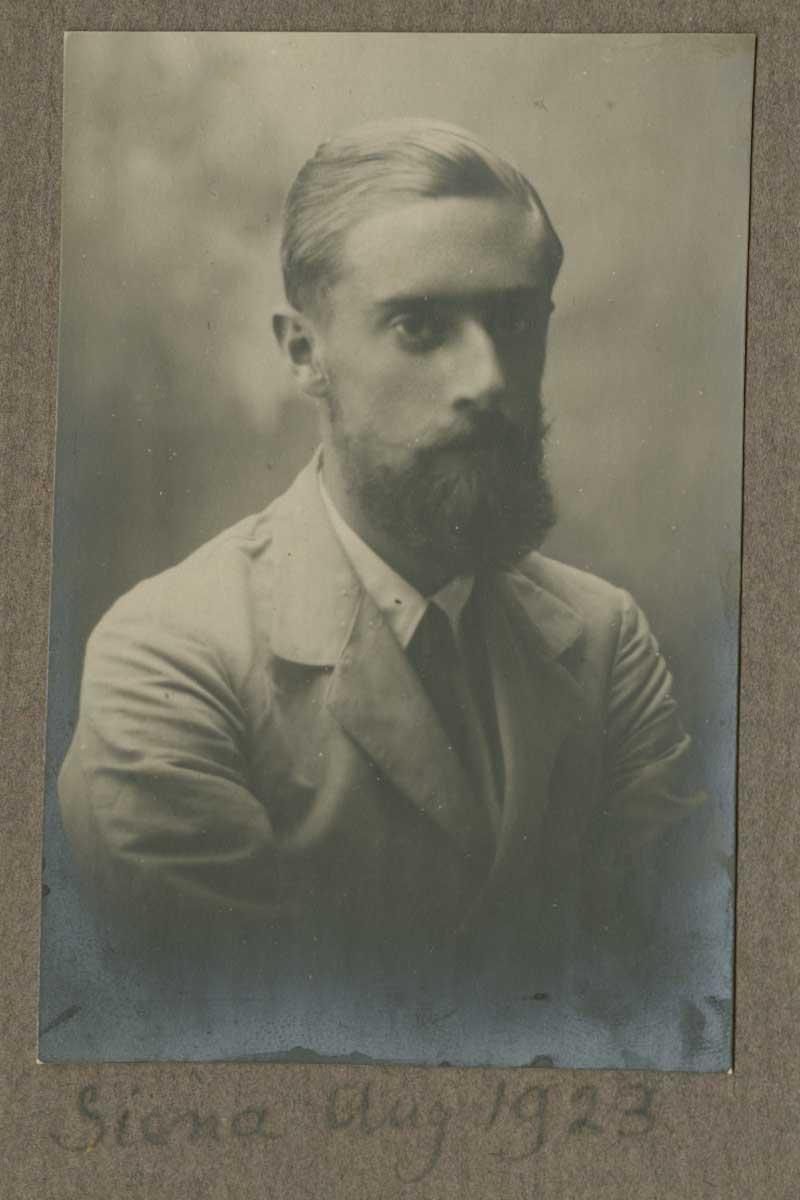
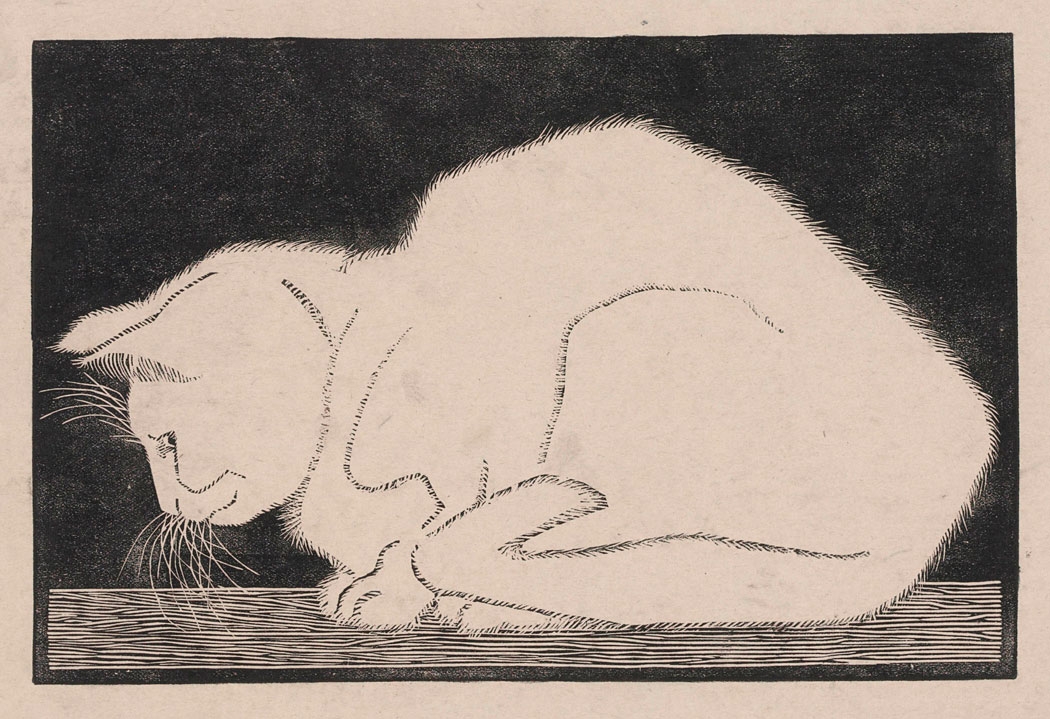
September 1919 was a life-changing month for Maurits Escher. His first lessons in architecture at the School for Architecture and Decorative Arts in Haarlem started on 6 September and on 17 September he moved to this city. It was not until moving here that the artist in him awoke, even if architecture proved to be a false start. His decision to study architecture was mainly inspired by his father, who saw his son as a future architect. His plan to have his son study architecture in Delft had failed since Maurits had been rejected for military service on 31 May 1919 and was therefore unable to obtain his high school diploma required for Delft. He had fallen behind due to a serious skin infection, which had kept him out of college for a while in the winter of 1918. Hence the school in Haarlem was a plan B, a combination of circumstances which later proved to be highly serendipitous. In Haarlem, Maurits got to know his teacher Samuel Jessurun de Mesquita. He was alert to the young Escher’s qualities and, after only a week of engineering, Maurits switched to studying graphic arts.
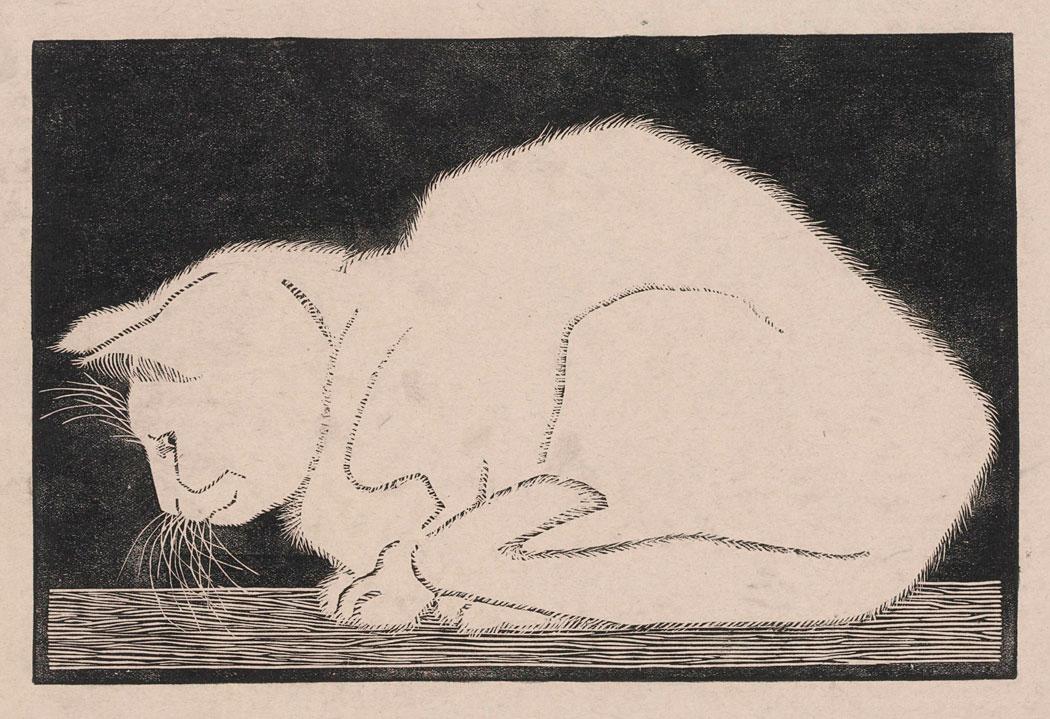
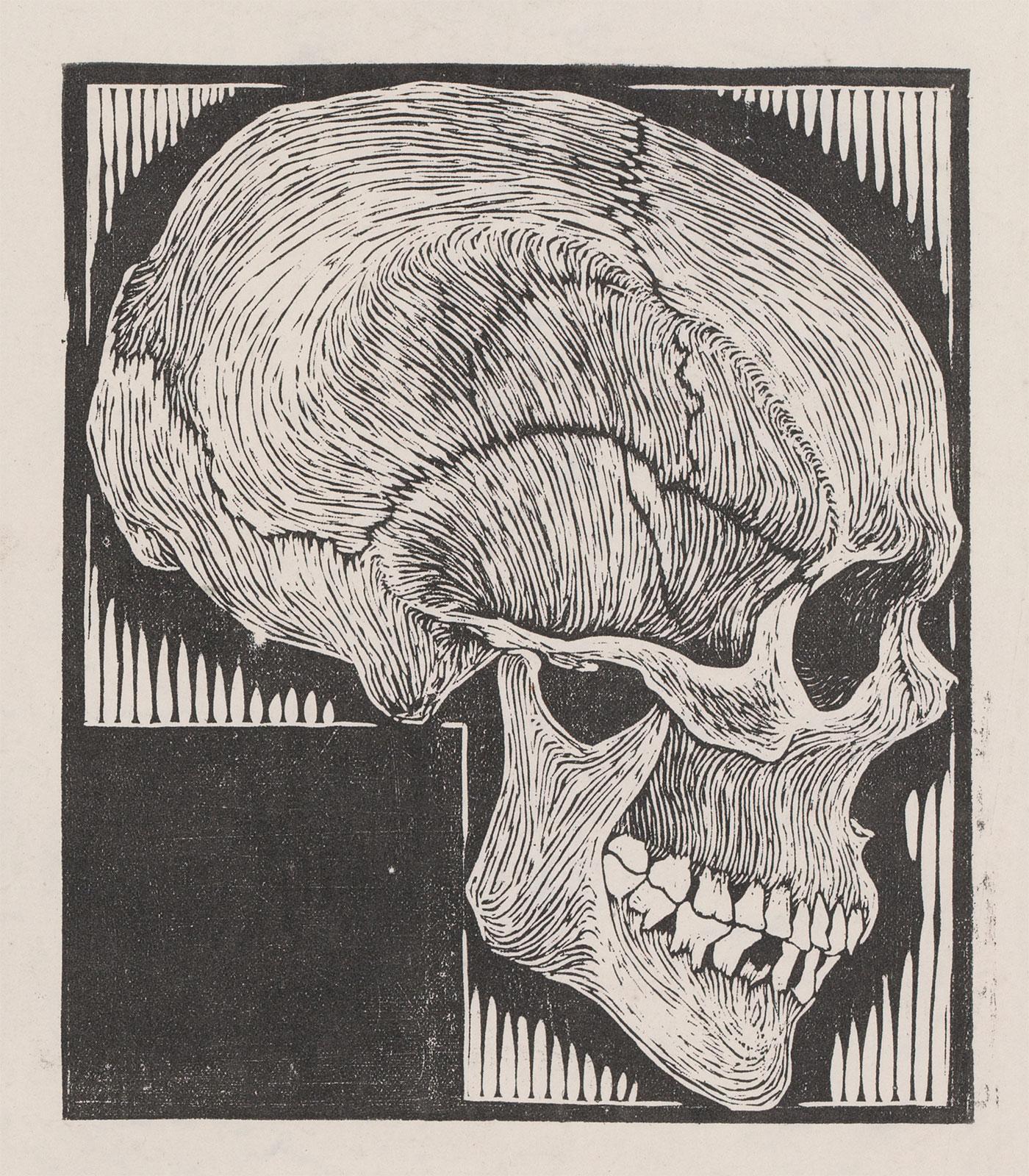
Allowing Maurits to matriculate at Haarlem was clearly a case of letting the fox guard the henhouse. In Delft, the study of architecture took place in a technical environment in which there was little much room for artistic expression. The school in Haarlem was first and foremost an art academy. And so that first week Escher was surrounded by art and by students who were looking for it. He himself had been busy discovering his own artistic side for several years, and being in Haarlem—both at the school and in the city—must have been a relief for him. His teachers included Chris Lebeau, K.P.C. de Bazel and Hildo Krop. Teachers who had already made their mark as painter and graphic artist, decorative artist and sculptor respectively.* Graphic techniques teacher Jessurun de Mesquita proved to be the most influential, however. The city of Haarlem was just as appealing, with a cultural richness that surpassed that of Arnhem and, to a lesser extent, Delft. Haarlem had the Teylersmuseum, a ‘rederijkerskamer’ (chamber of rhetoric), a Bach association and the ‘Stedelijk Museum’ (municipal museum). There were also plenty of bookshops and printers and a good art gallery. Escher soaked up this newly discovered atmosphere.
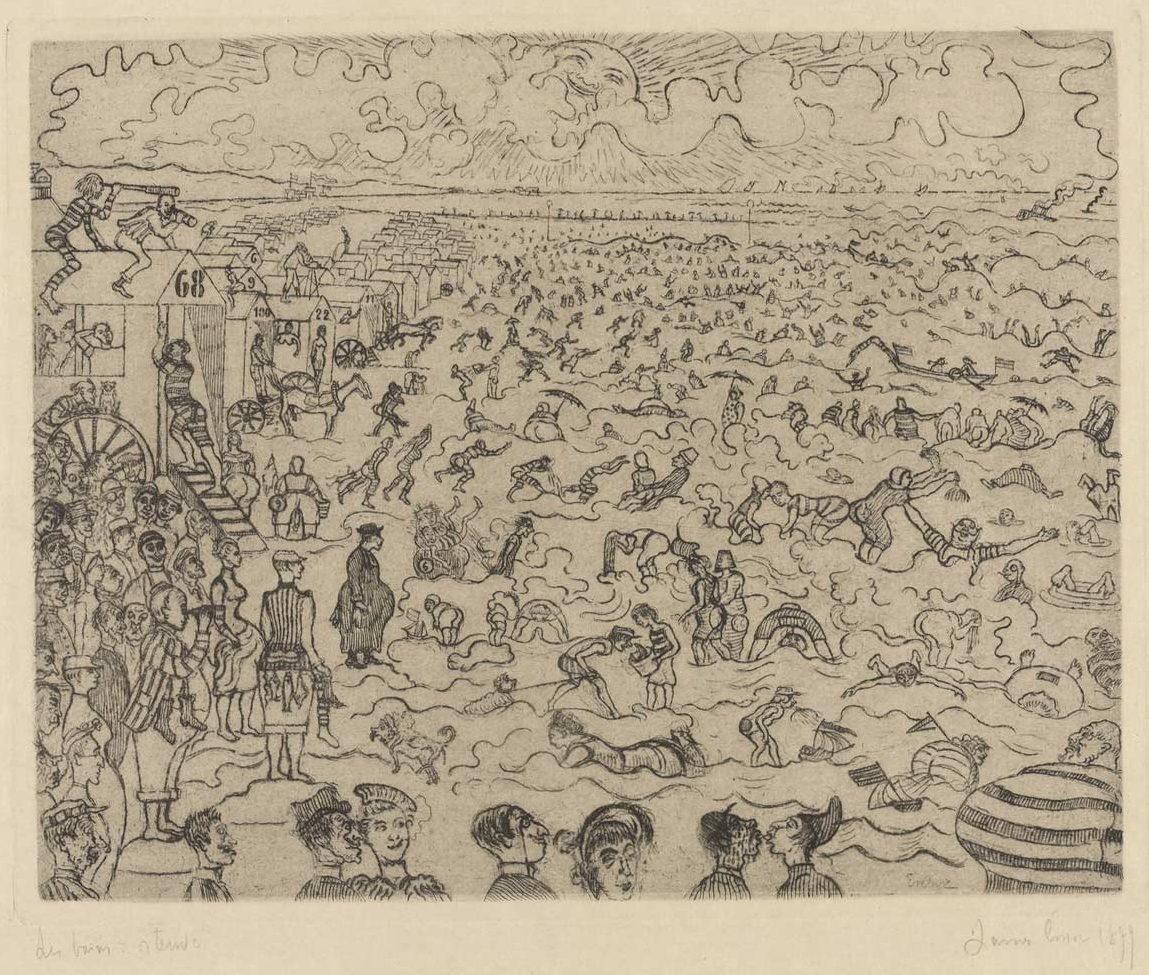
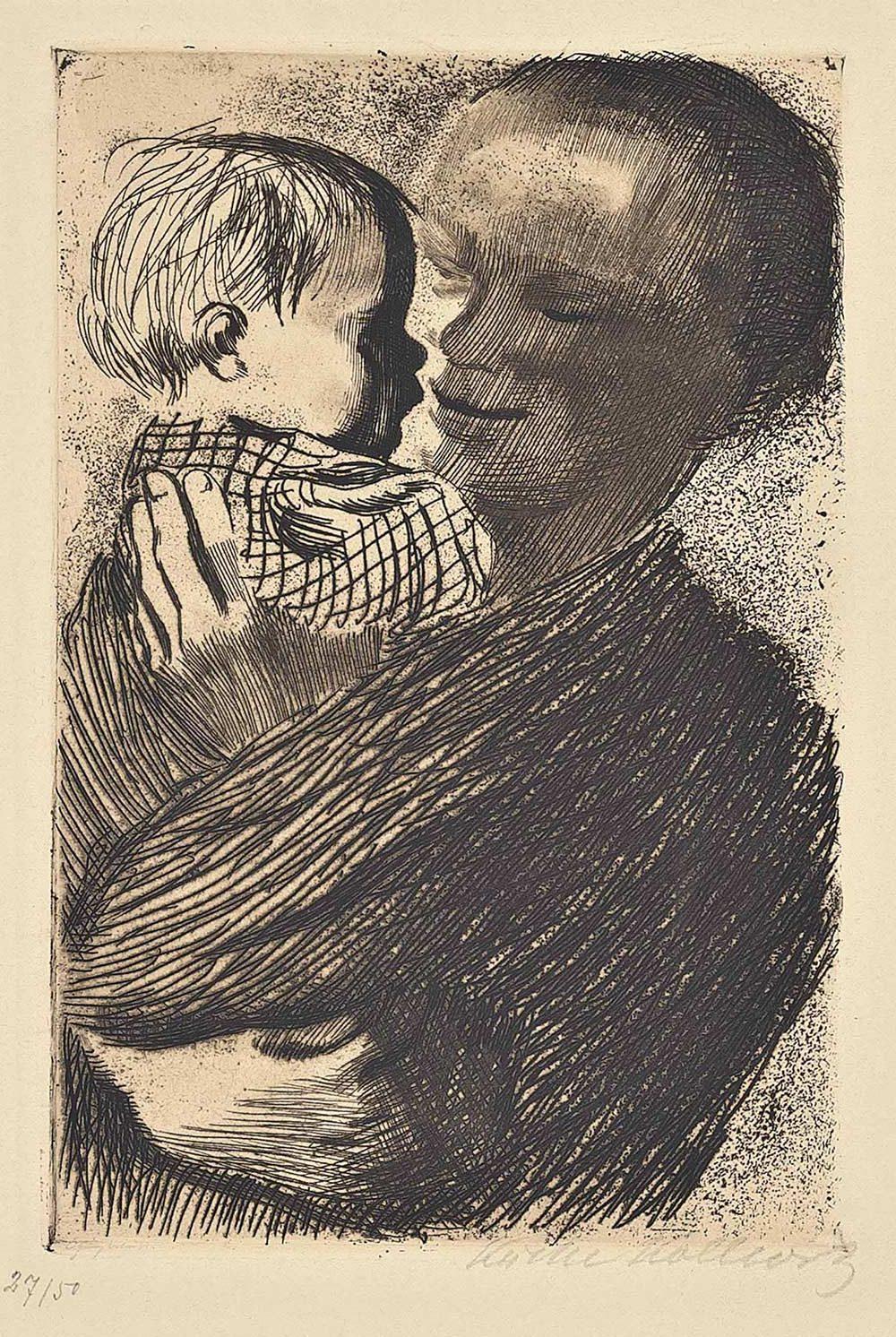
The owner of the gallery was J.H. de Bois, a man who was fascinated by modern art and who was one of the first to sell works by artists such as Wassily Kandinsky, Vincent van Gogh, Jan Toorop, Odilon Redon, Gustav Klimt, Oskar Kokoschka, Franz Marc and James Ensor. But De Bois was particularly interested in graphic work and he displayed in his gallery etchings by Goya, lithographs by Daumier and prints by Redon and Käthe Kollwitz, for instance. His first major exhibition showcased graphic work by James Ensor. He also found time to write reviews in the newspaper and to publish books and editions of his prints. Escher must have been in his gallery at some point. Early examples of this inspiration were two cat prints he created. He had received a white cat from his landlady as a gift, which he would go on to depict in two woodcuts. The prints have technical qualities, with fine details and an apposite spirit, but they also show affection for the subject.
Source
Wim Hazeu, M.C. Escher, Een biografie, Meulenhoff, 1998, page 44-46
More Escher today

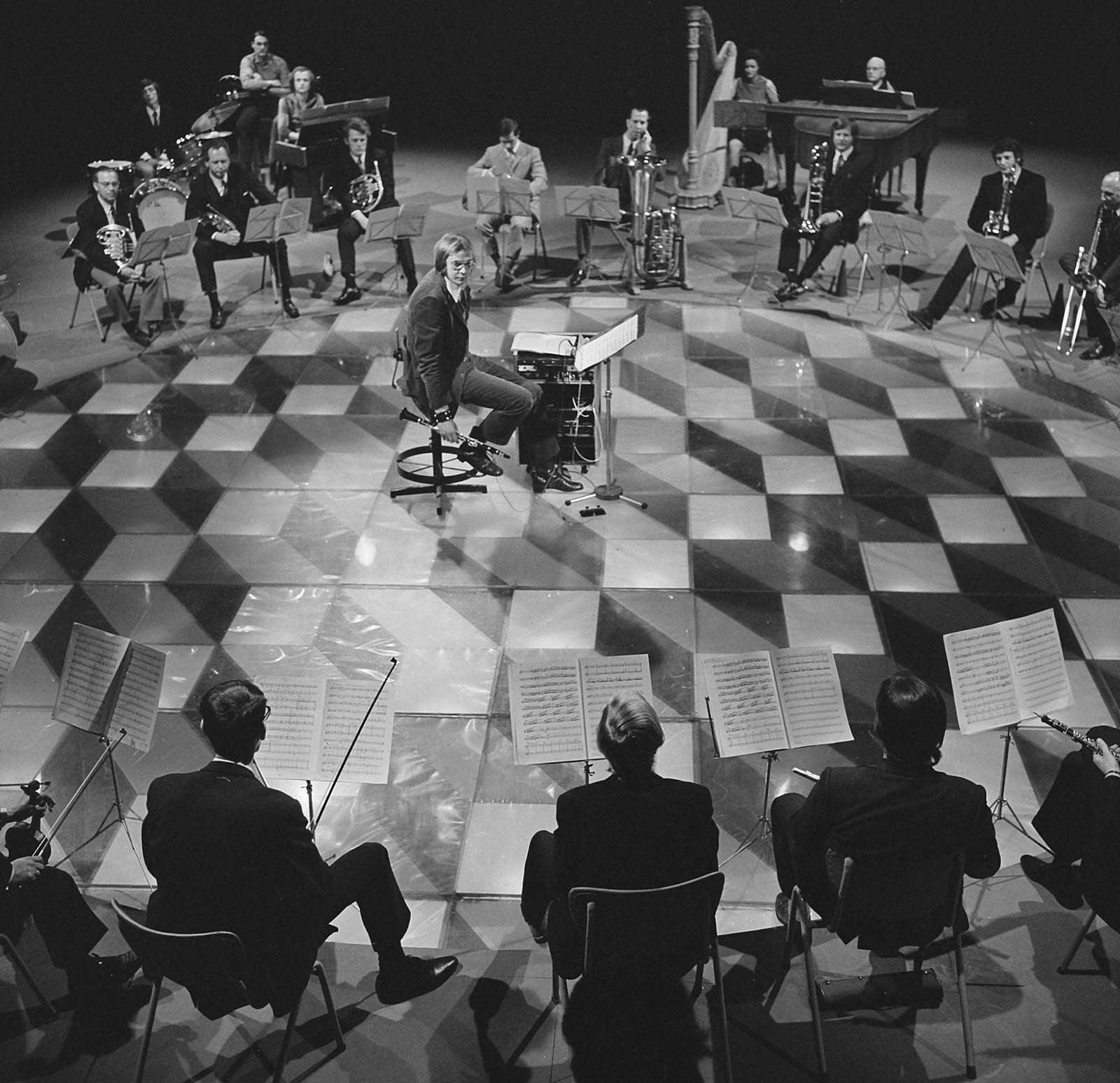
Jurriaan Andriessen's Time Spirit
